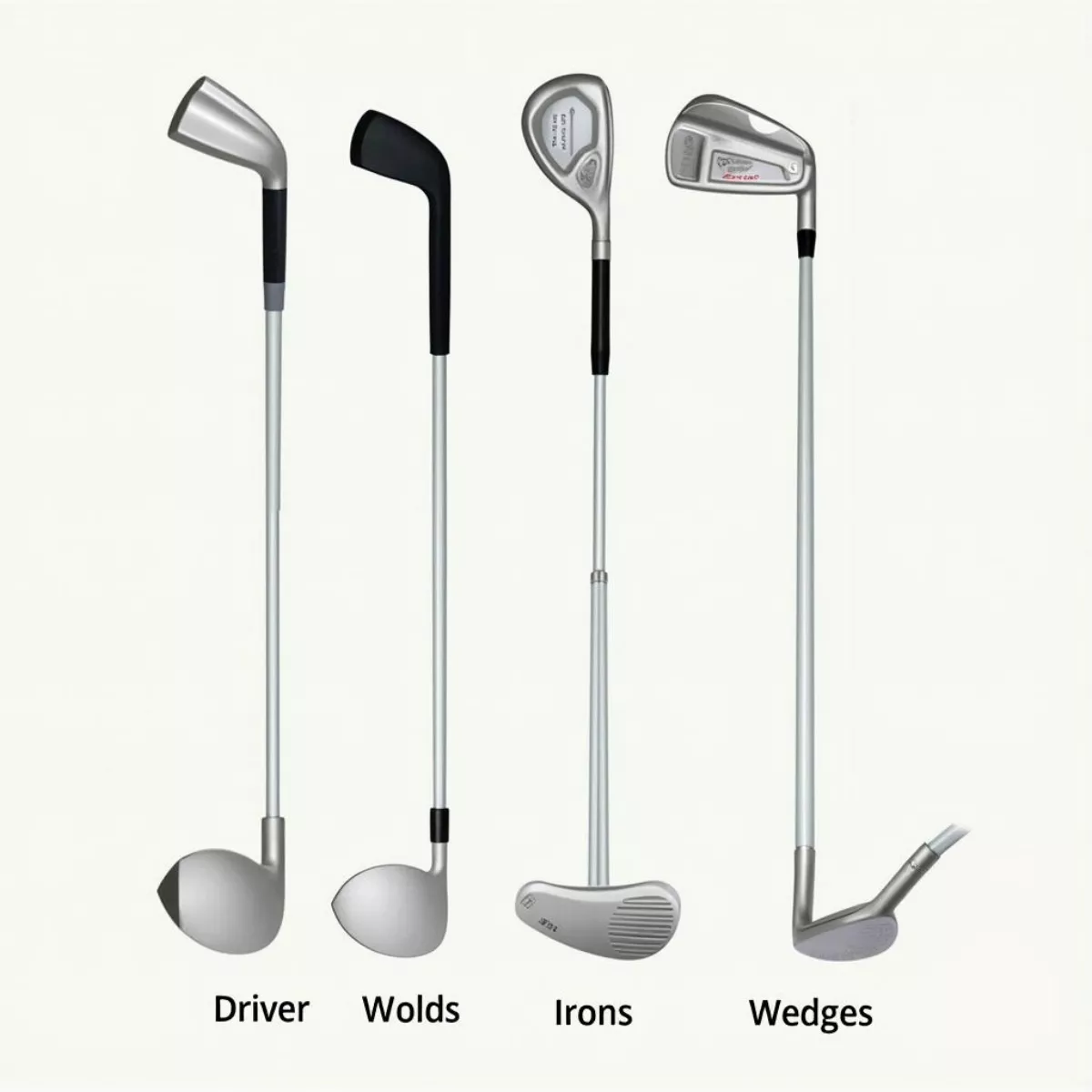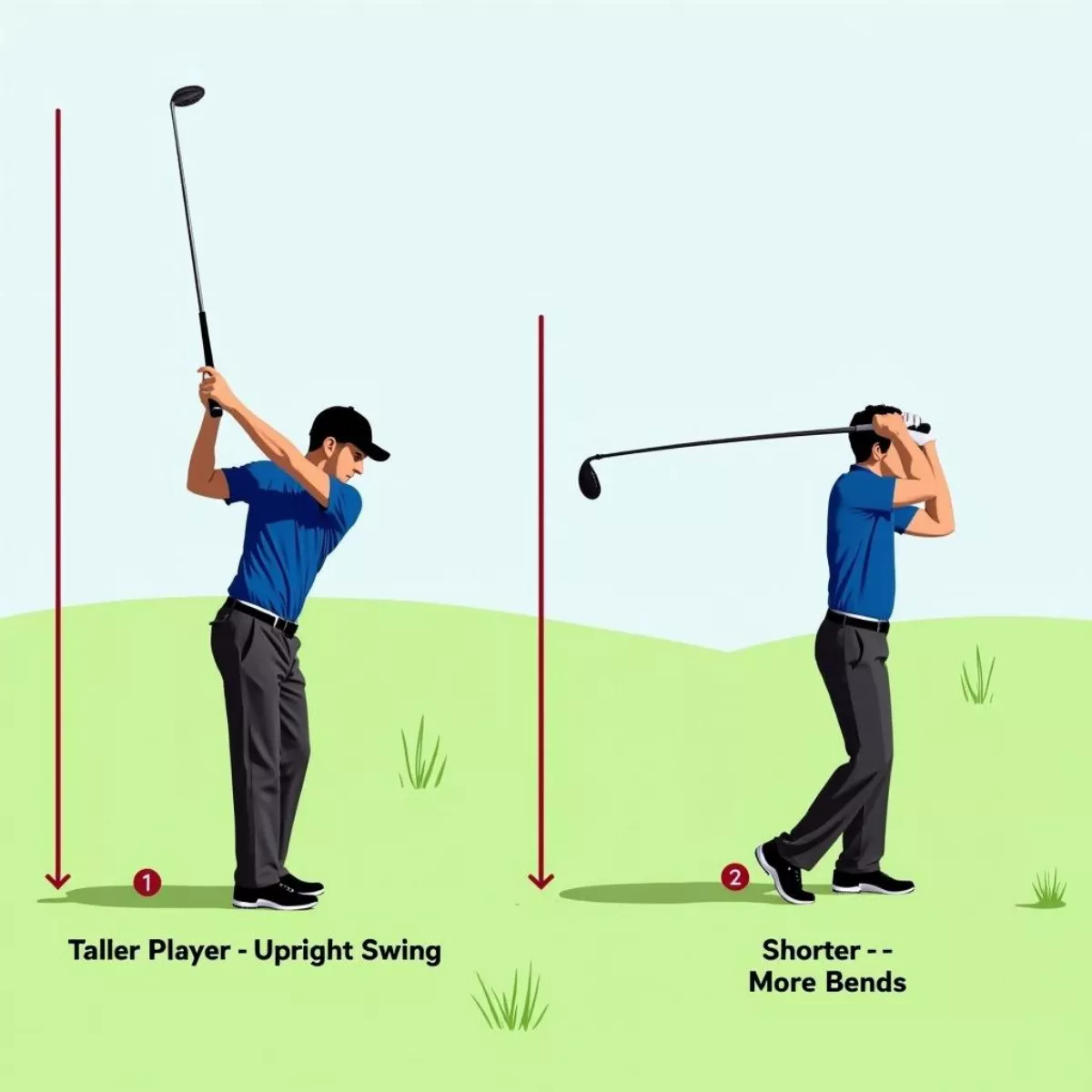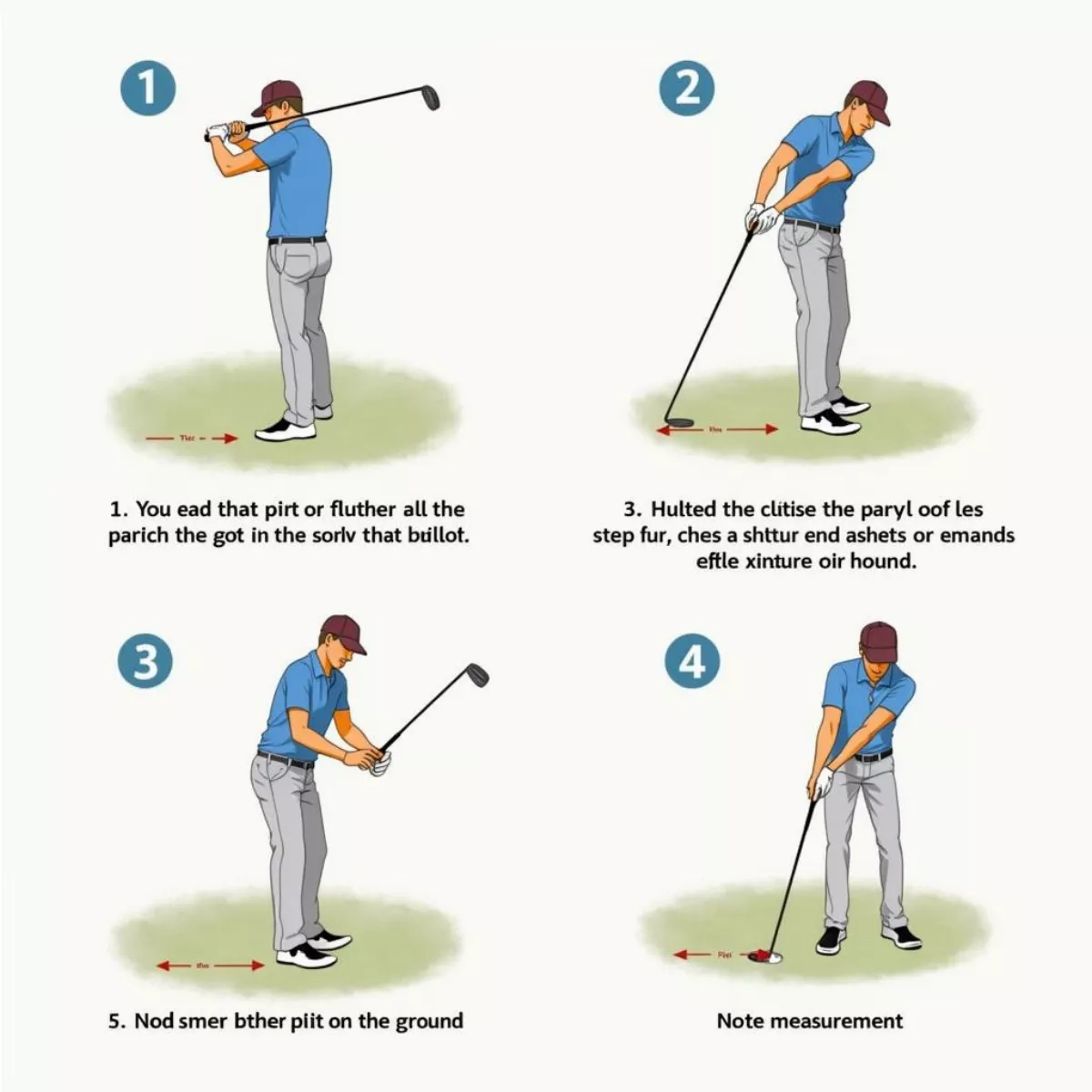When it comes to golf, every detail matters, from your swing technique to the grip on your club. One detail that plays a significant role in your game is the shaft length of your clubs. A standard shaft length can greatly influence your performance, comfort, and shot accuracy. Whether you’re a seasoned player or just starting, understanding shaft lengths can enhance your golf experience.
In this guide, we’ll explore the standard shaft lengths for golf clubs, factors that influence these measurements, and why they matter to golfers at all skill levels.
What is Shaft Length?
Shaft length refers to the distance from the hosel (where the shaft connects to the clubhead) to the end of the grip. The correct length can impact how you swing, your posture, and ultimately, your performance on the course.
Standard Shaft Lengths by Club Type
Here’s a quick reference table for the standard shaft lengths for various types of clubs used in golf:
| Club Type | Standard Shaft Length (inches) |
|---|---|
| Driver | 45 – 46 |
| Woods (3-wood) | 43 – 44 |
| Irons (3-iron to 9-iron) | 36 – 39 |
| Wedges | 35 – 36 |
| Putters | 32 – 36 |
 Golf Clubs Types
Golf Clubs Types
Understanding the Differences
- Drivers:
The longer shaft of the driver allows for greater clubhead speed, which can translate to longer drives. Most drivers will have a standard length of 45 to 46 inches. However, customization often occurs based on height and swing mechanics.
- Woods:
The 3-wood typically has a shaft length of 43 to 44 inches. These clubs are designed for longer distances but require a balance that isn’t as extreme as a driver.
- Irons:
A standard 3-iron will have a shaft length of approximately 39 inches. Each successive iron decreases by about 0.5 inches, with a 9-iron measuring around 36 inches.
- Wedges:
Wedges typically come in at 35 to 36 inches in length. These clubs require more control and accuracy, hence the shorter length.
- Putters:
Barrel lengths for putters can vary considerably, but the standard length typically ranges from 32 to 36 inches. The length of the putter can greatly influence your stance and stroke.
Factors Influencing Shaft Length
Consider the following factors when determining the ideal shaft length for your golf clubs:
- Height: Taller players may benefit from longer shafts, while shorter players might need shorter shafts for optimal control.
- Posture and Swing Style: Your natural stance and swing mechanics can dictate the best shaft length for you.
- Strength and Flexibility: A more flexible player may require a different length than someone who is more rigid or has a different swing tempo.
 Golfer Posture and Swing Styles
Golfer Posture and Swing Styles
Customizing Shaft Length
While there are standard lengths, customization is key for many golfers. Here are a few reasons to consider getting fitted for your clubs:
- Improved Accuracy: A properly fitted club can enhance your aim.
- Better Comfort: A club that feels right will promote a smoother swing.
- Increased Performance: The right length can translate to improved distance and control with your shots.
Common Myths About Shaft Length
It’s essential to debunk some common myths regarding shaft length:
- Longer is Always Better: This isn’t true. A longer shaft can lead to a loss of control over the club.
- Shaft Length is Universal: Every golfer is unique, and what works for one might not work for another.
- Shaft Length is the Only Factor: While critical, other factors like shaft flex and grip size also play significant roles.
How to Measure for Shaft Length
To ensure you’re using the right shaft length, here’s a simple guide to measure properly:
- Stand in your golf stance.
Get into your natural stance as if you were setting up for a shot.
- Hold the club.
Have someone help you or use a mirror to hold a club against your side.
- Check the end position.
The end of the grip should ideally just skim the ground when at your address position.
- Note measurements.
Write down the measurement where the grip meets your hand.
 Measuring Golf Shaft Length
Measuring Golf Shaft Length
Practical Tips for Finding the Right Shaft Length
- Get Fitted: Consider seeking help from a professional club fitter. It’s a worthwhile investment in improving your game.
- Try Before You Buy: If possible, test out different shaft lengths during practice sessions.
- Regular Adjustments: As your skills or physical condition change, re-evaluate your shaft length.
Key Takeaways
- The standard shaft length varies by club type and can significantly affect performance.
- Custom fitting is crucial for optimizing both comfort and accuracy.
- There are common myths regarding shaft length that need debunking.
- Regularly reassessing your equipment can lead to continuous improvement.
FAQ
1. What is the standard shaft length for a driver?
- The standard shaft length for a driver typically ranges from 45 to 46 inches.
2. Can I modify the shaft length of my clubs?
- Yes, clubs can be cut down or extended, but it’s best done by a professional to ensure balance and performance aren’t compromised.
3. How does my height influence my ideal shaft length?
- Taller players often benefit from longer shafts, while shorter players may require shorter shafts to maintain control and comfort in their swings.
4. Is it necessary to get fitted for golf clubs?
- While not mandatory, a fitting can help to ensure that your clubs match your unique swing characteristics, leading to better performance.
5. Are there different standards for men and women?
- Yes, generally, women’s clubs have shorter shafts than men’s. Standard lengths for women’s drivers are often around 44 to 45 inches.
6. How does shaft flex relate to length?
- While length is one aspect, shaft flex impacts the behavior of the club during the swing. A stiffer shaft may be better for stronger players, while more flexible shafts can benefit those with slower swing speeds.
7. Can I experiment with different shaft lengths?
- Absolutely! Trying different lengths during practice can help you find what works best for your swing.
By approaching your golf game with an understanding of shaft lengths and customizing your clubs accordingly, you’ll set the stage for improved performance on the course. Golf is as much about precision as it is about power, and the right equipment will empower you to step up your game. So grab those clubs and hit the greens—success is waiting just a swing away!